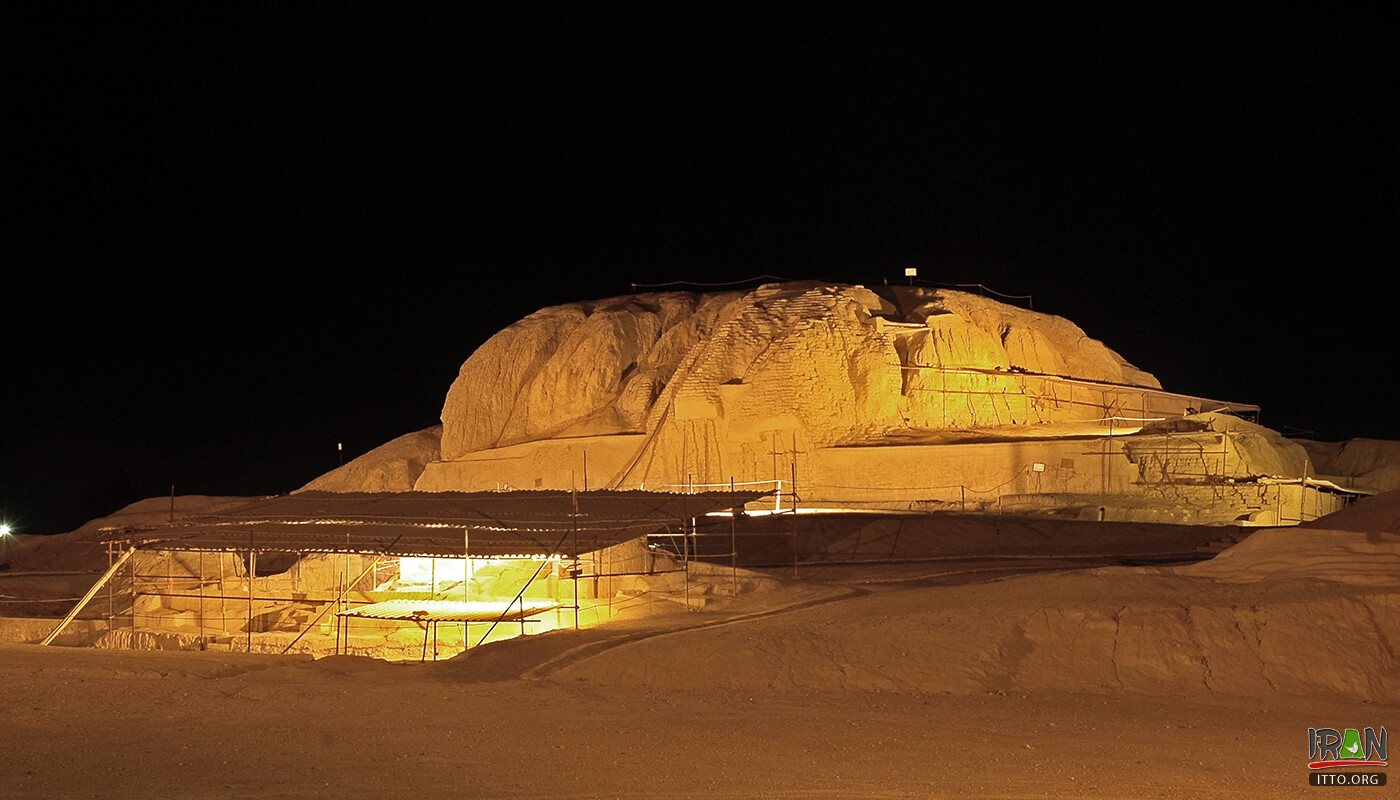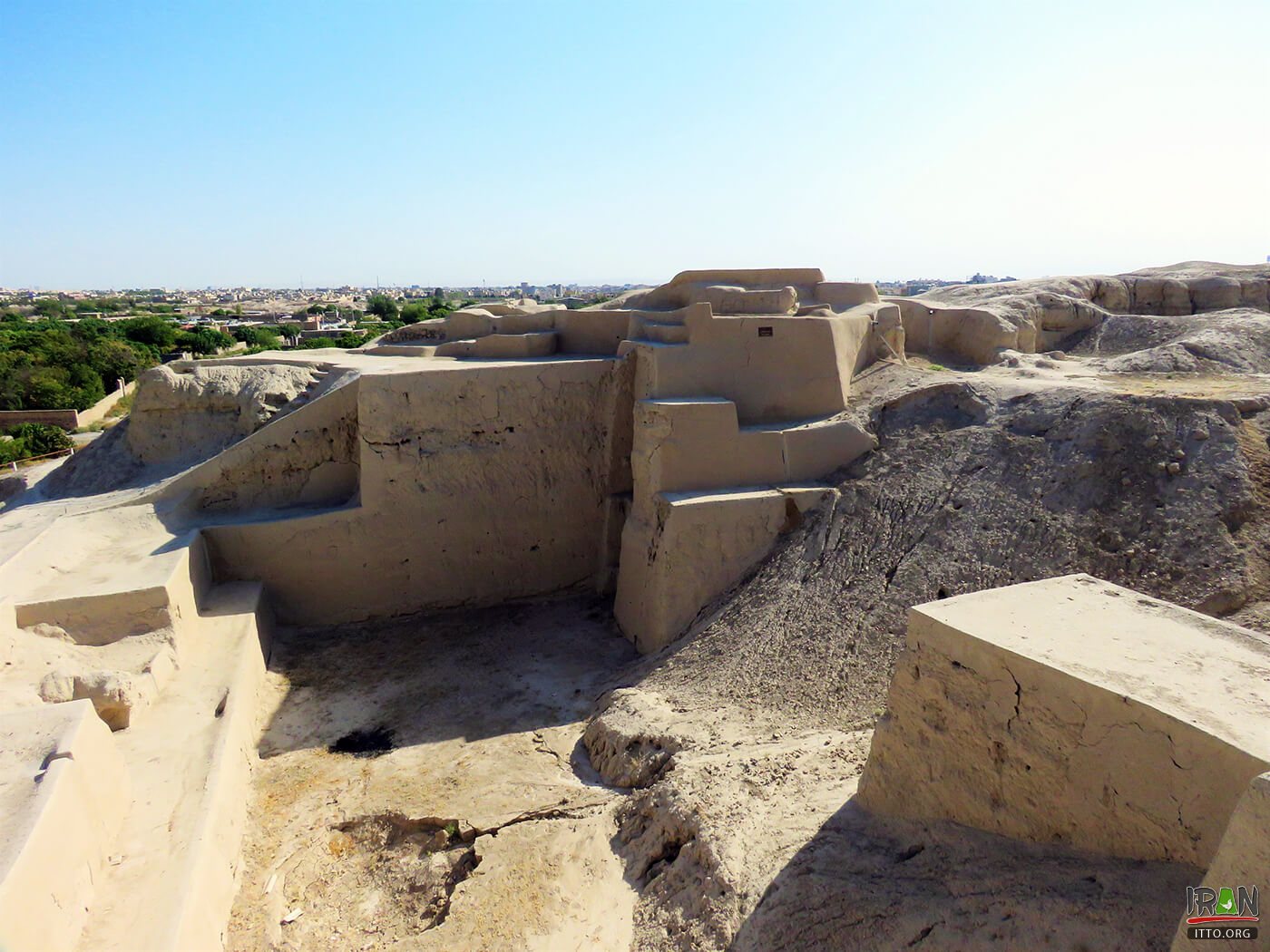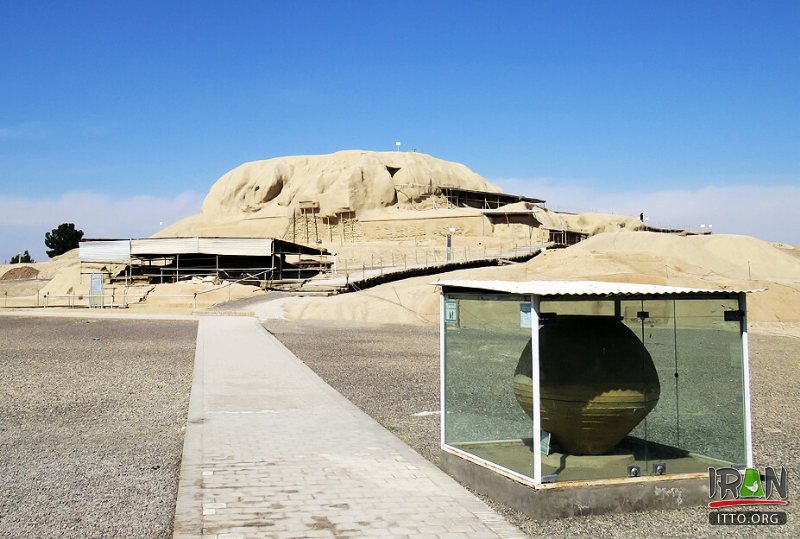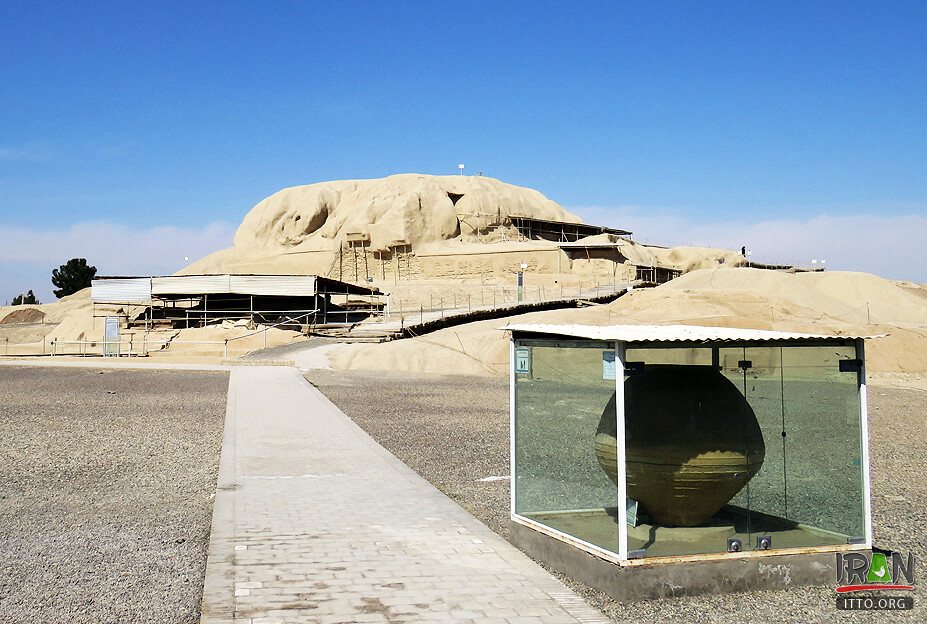The Louvre on Monday hosted an international conference on Tapeh Sialk ('Sialk hills' or 'Sialk Teppeh'), which is one of the oldest and richest archaeological sites in Kashan in central Iran.
Archaeologists from Germany, England, France and Iran participated in the conference named “Tepe Sialk au cœur de l’archéologie de l’Iran” (“Tepe Sialk, the heart of Iran's Archaeology”).
Senior archaeologist Jebrael Nokandeh, who also presides over the National Museum of Iran, and Iran’s Ambassador to France Bahram Qasemi were amongst Iranian invitees to the conference.

A joint study between Iran's Cultural Heritage Organization, the Louvre, and the Institut Francais de Recherche en Iran also verifies the oldest settlements in Sialk Hills to date to around 6000-5500 BC.
According to Louvre, the event was aimed to cast a new light on the ancient site some 80 years after its first excavation to lay an opportunity to present to the public the diversity of research and projects, as well as current issues of preservations and enhancement of the site.
Sialk and the importance of the Proto-Elamite period in Iran; the Iron Age in Sialk; and anthropological collections of Sialk preserved at the Paris-based Homme Museum were among topics discussed at the conference.
It also addressed origins and evolution of agropastoral economies on the Iranian plateau; proposals for protection and conservation of the Tepe Sialk and its foreseeable future.
Situated halfway between Kashan and Fin in Isfahan province, Tapeh Sialk has yielded interesting pottery pieces, metal tools and domestic implements made from stone, clay and bone that date from as early as the 4th millennium BC.

Before the great flood that led to Sialk Hills discovery, people of Kashan named this mysterious part of town “The Cursed City” and no one dared to get close to this dreadful place.
Sialk is a treasure trove of information about diverse subjects such as palaeobotany, palaeozoology, palaeoanatomy, diet, climate change and ancient metallurgy.
Several excavation projects at the site have so far been conducted, beginning with a 1933 French Louvre delegation led by Roman Ghirshman; capping with a most recent project in 2009, which was led by Hassan Fazeli-Nashli, a faculty member of the Archaeology Department, University of Tehran.
According to the Louvre, the oldest levels document the occupation of the Iranian plateau from the Neolithic to the Chalcolithic over more than two millennia. Then, around 3000 BC, the site is integrated into the vast cultural area called proto-Elamite during which a specific writing appears.
Much later, in the Iron Age, the local culture, represented by a beautiful painted pottery, is best known through the excavation of necropolises. This culture, which appeared new in the region, has long been identified with the Medes, and fueled the debate over the arrival of new populations speaking Iranian languages from which comes modern Persian.
At the end of the excavations of Ghirshman, the material discovered was shared between the Louvre Museum and the National Museum of Iran, as provided by the legislation of the time. From 2001, new Iranian teams returned to the site to complete, specify and correct the results of the first works.
Last year, tens of international scholars, archaeologists and historians, who were attending “Tapeh Sialk and Ancient Kashan Revisited – Conference”, which was held in London on July 2 and 3, 2018, unanimously expressed the need for forming an international steering committee to safeguard this historic region of Iran.



